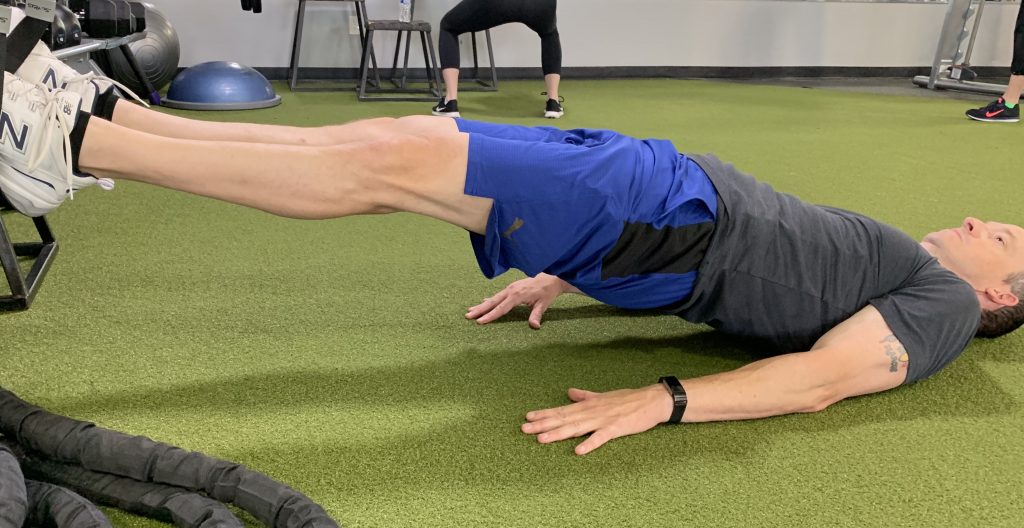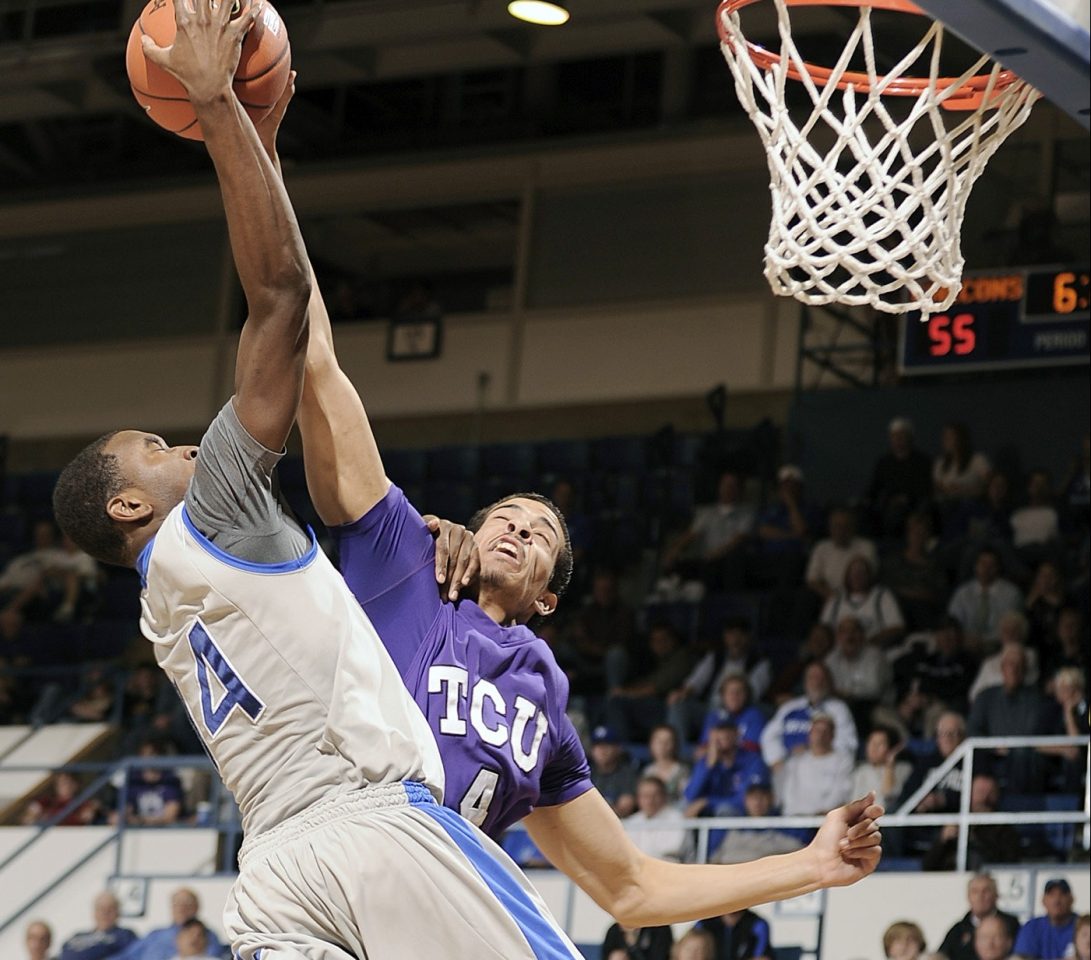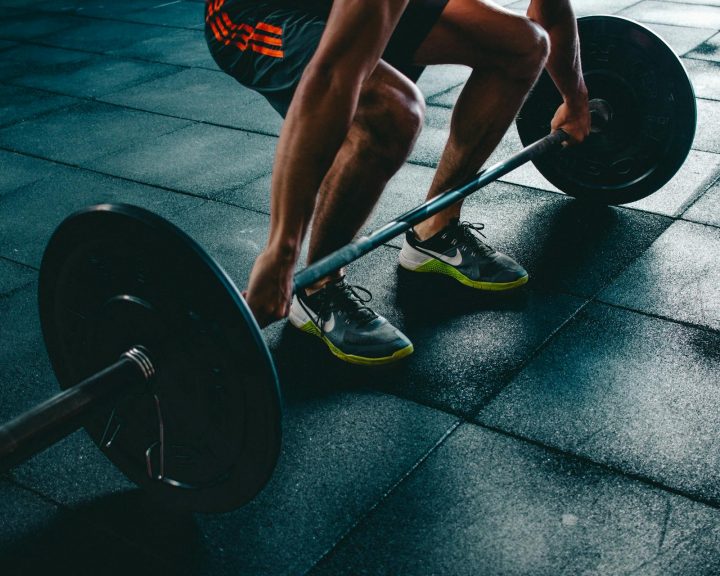There’s been a lot in the strength and conditioning literature over the last ten years about non-contact ACL injuries, especially with female athletes. One of the concerns here is with how athletes land. Possible warning signs include landing with the knees in (valgus), knees out (varus), or with the knees pushed way forward and the athlete on their toes. There are several possible causes of these issues; one is a lack of practice and feedback with how to land, another is hamstring strength. A solid strength and conditioning program can help to address all of this.
First we start with squats. Squats should reinforce starting the squat by pushing the hips back (as opposed to pushing the knees forward). Building good habits with this exercise can transfer to plyos and landing, it’s important to use the same cues for both.
Second, in addition to using squats to strengthen the lower body and reinforce technique, it’s important to strengthen the hamstrings. This should range from barbell exercises to bodyweight exercises. Examples include:
Romanian deadlifts
Good mornings (all types)
Hyperextensions/reverse hyperextensions
Crab walks
Hip raises
Romanian deadlifts and good mornings potentially allow for a lot of weight to be used. These are important because they are hip extension exercises that work on strengthening the muscle in the lengthened position, so they apply not only to landing but also to sprinting.
Hyperextensions and reverse hyperextensions are also hip extension exercises. They don’t allow for as much weight to be used but unlike the more technique-intensive Romanian deadlifts and good mornings they can be done for really high volumes. A video on the reverse hyperextensions is below.
Crab walks and hip raises are exercises that don’t require any equipment and are great exercises for the field or court. A video of the crab walks is below. The hip raises are shown below using a suspension trainer, they can also be done using stability balls or even no equipment at all! Again, these lend themselves to volume.

Finally, landing has to be practiced. I like to include “how to land” in the warm up and then it has to be stressed in plyo sessions to build good habits.


